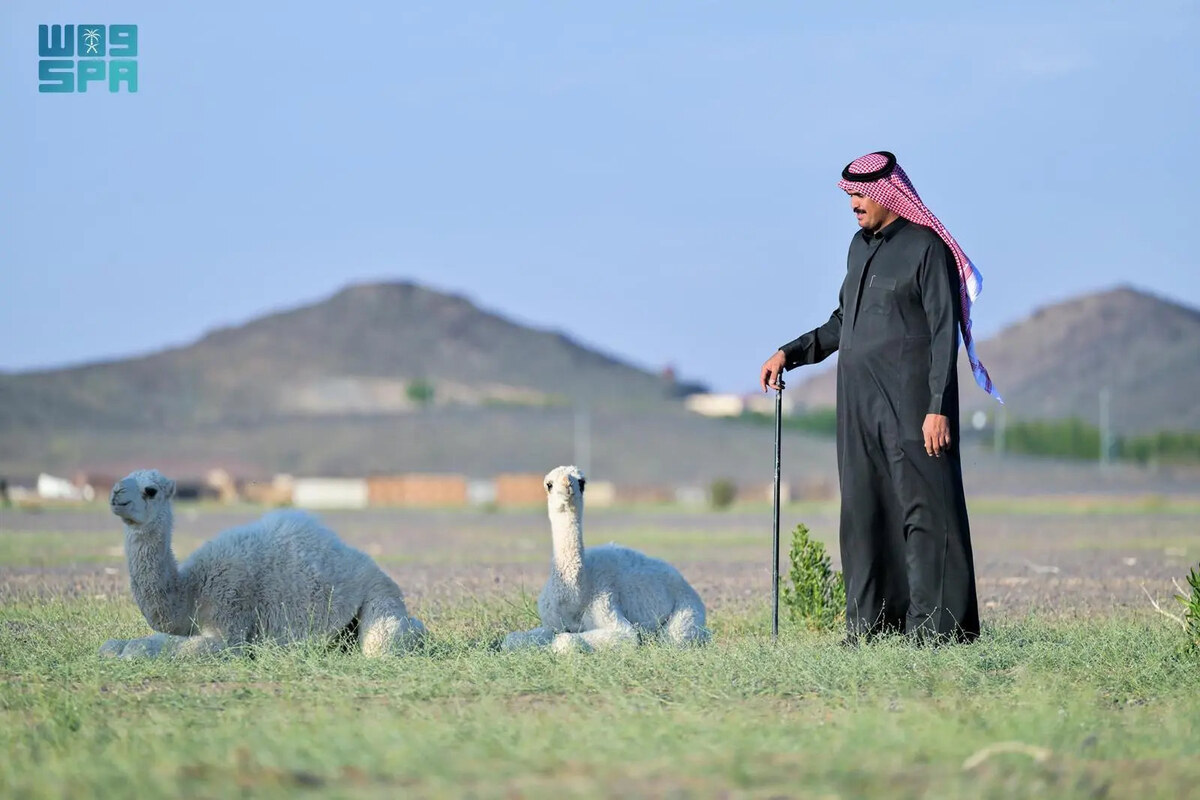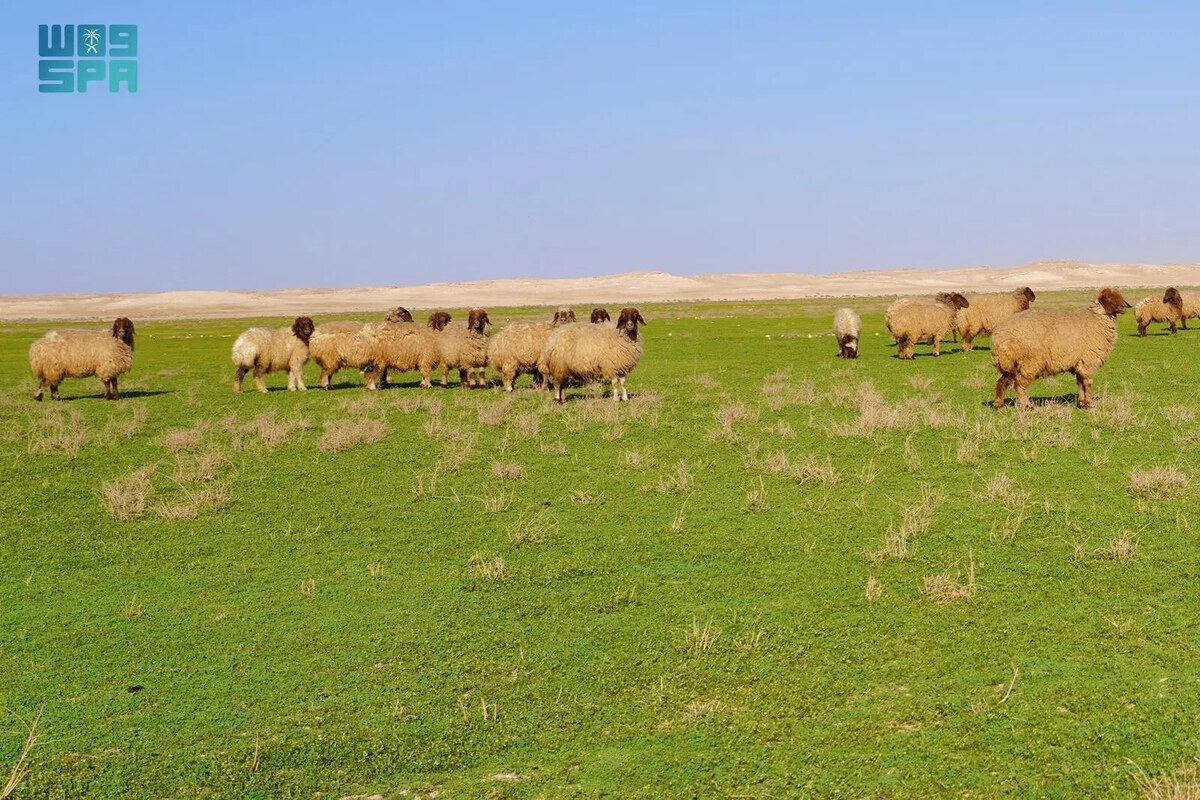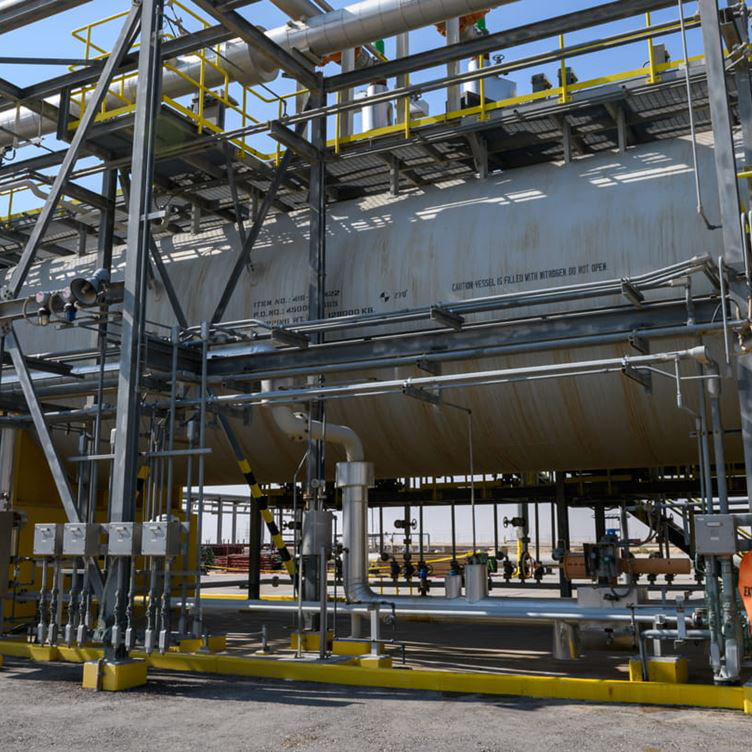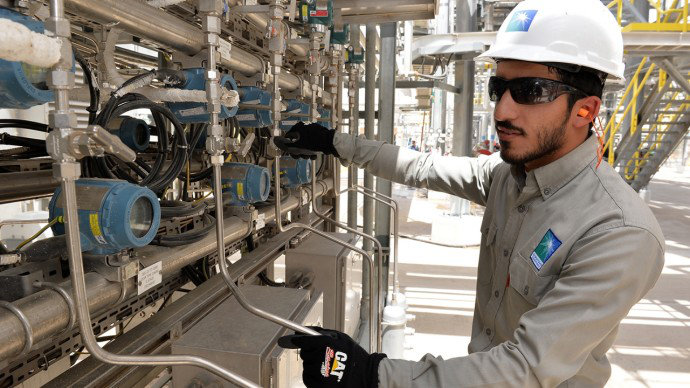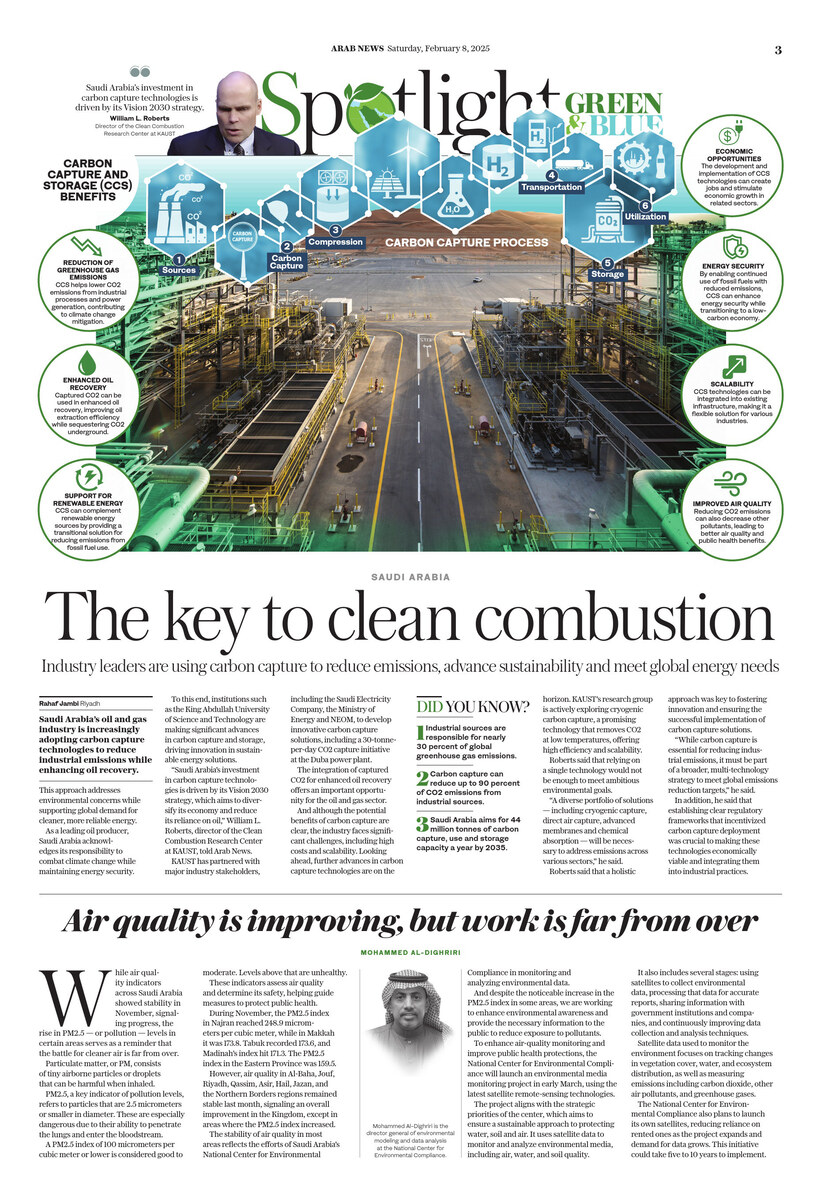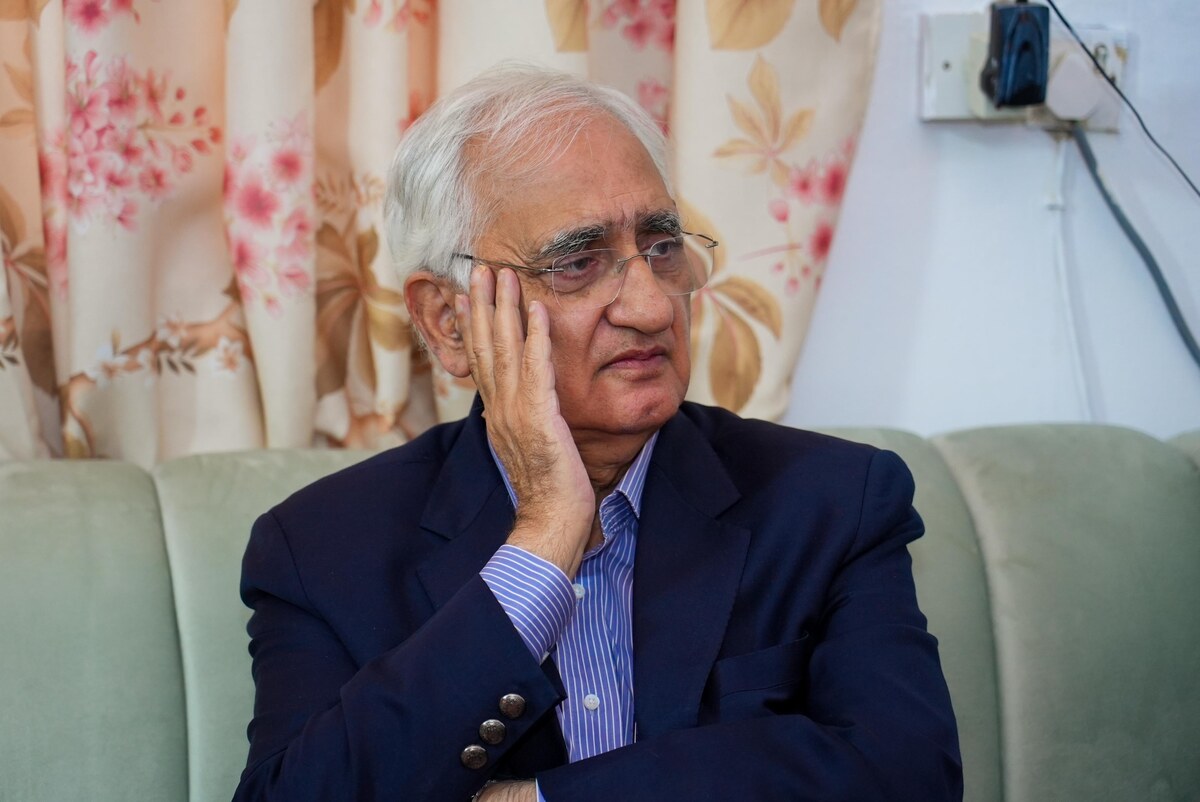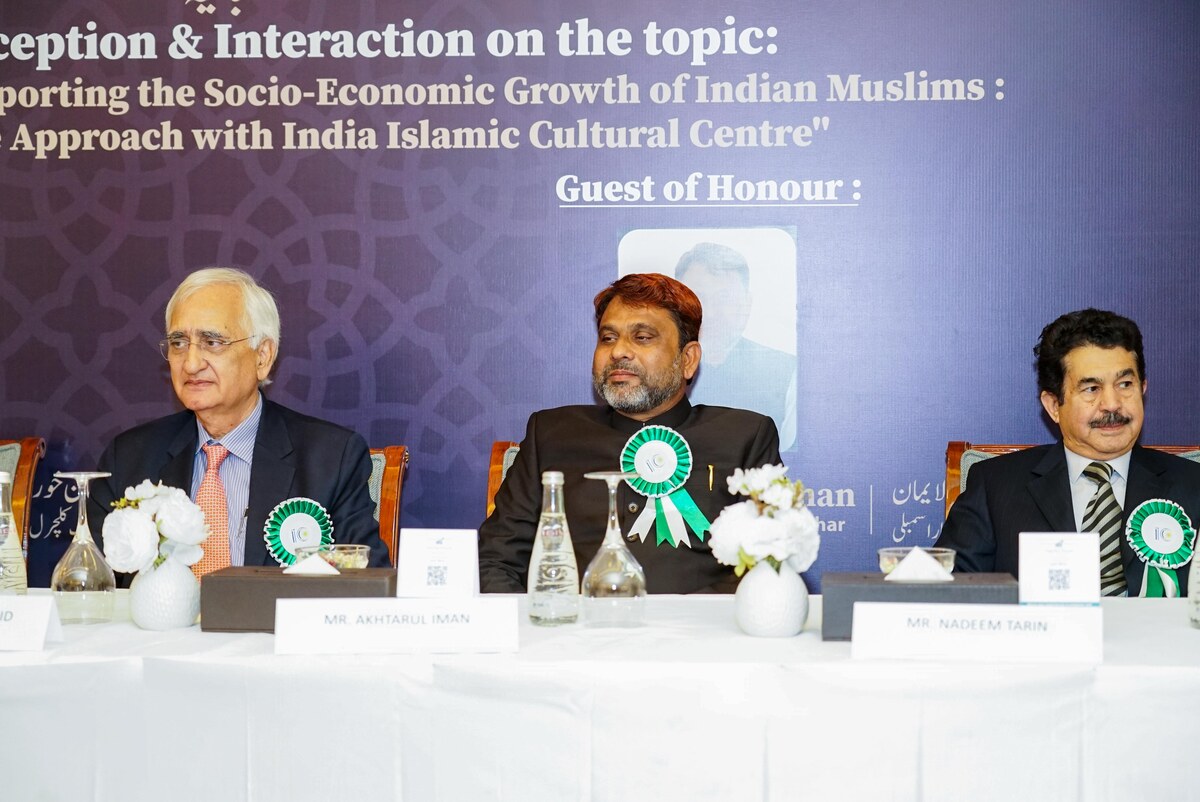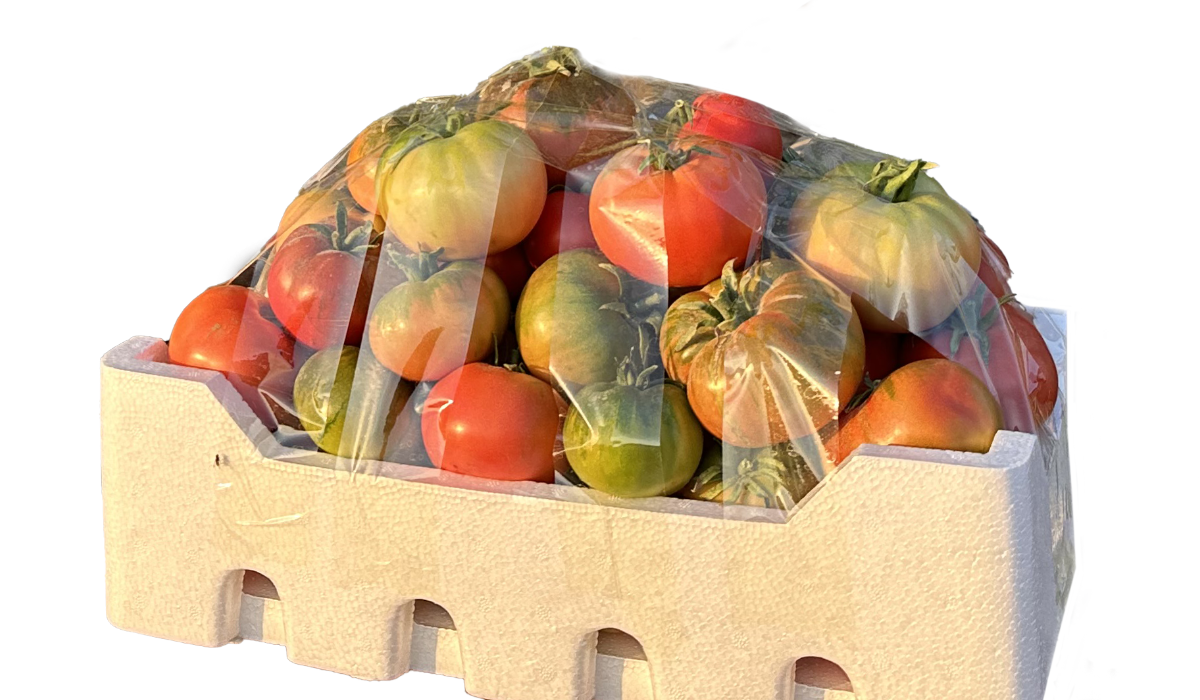RIYADH: Saudi Arabia’s literary scene is experiencing a vibrant renaissance with a new generation of writers captivating local and international audiences.
“Saudi literature has witnessed significant acceleration over the past decade, particularly during the period when culture and its literary derivatives became one of the key objectives of Vision 2030,” said Ibraheem Al-Sinan, head of editorial at Raff Publishing.
He added: “This newfound openness to knowledge and literature, spurred by various initiatives, competitions and activities, has enabled young people to make significant leaps in literary production. What once took decades to learn, the youth now accomplish in just a few years.”
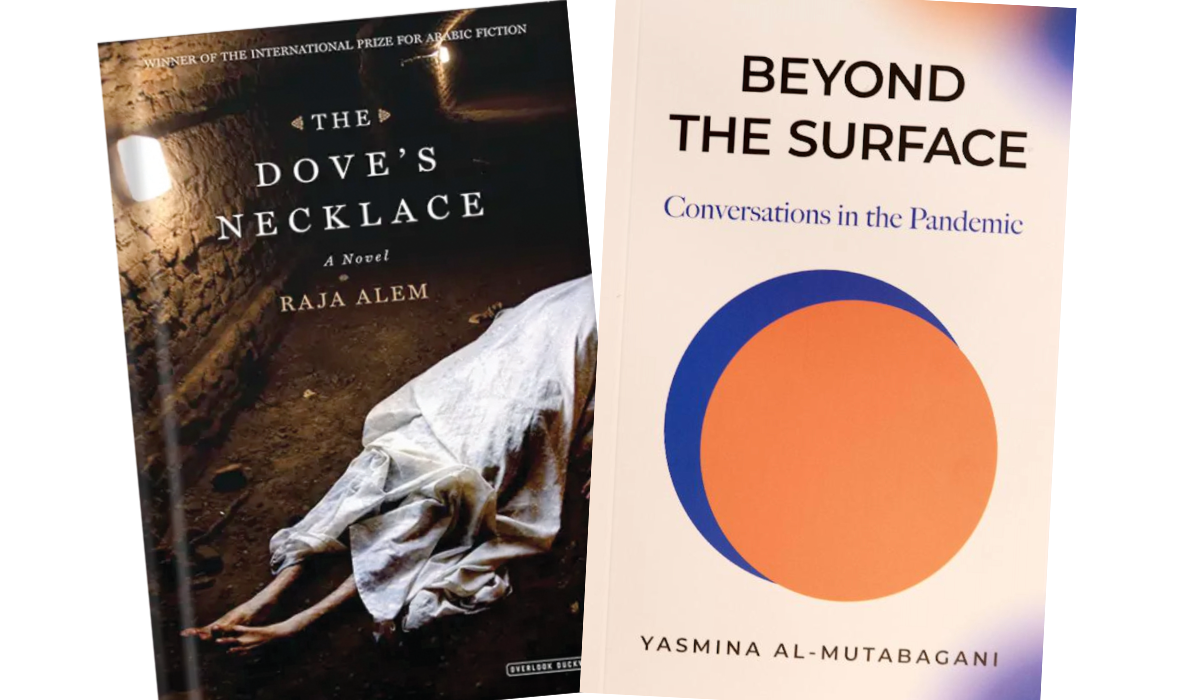
The literary renaissance in Saudi Arabia is not just about individual achievements but also about fostering a community of writers who support and inspire each other. (Supplied)
From the heart of Riyadh to the picturesque streets of Jeddah, Saudi writers are crafting stories that reflect the Kingdom’s rich cultural tapestry and rapid societal changes. These writers include Raja Alem, Mohammed Hasan Alwan and Badriya Al-Bishr, whose works range from allegorical tales to poignant memoirs.
The literary movement in Saudi Arabia can be divided into two main themes: “Cultural Reflections” and “Modern Narratives.”
The first explores issues of identity, heritage, and societal norms.
HIGHLIGHT
The literary movement in Saudi Arabia can be divided into two main themes: ‘Cultural Reflections’ and ‘Modern Narratives.’
For instance, Alem’s “The Dove's Necklace” delves into the complexities of Makkan culture through allegory and symbolism. Alwan’s “A Small Death” is a spiritual journey through the life of Ibn Arabi and also fits this theme, offering a deep dive into spiritual and cultural identity.
The second theme, “Modern Narratives,” focuses on contemporary issues and personal experiences.
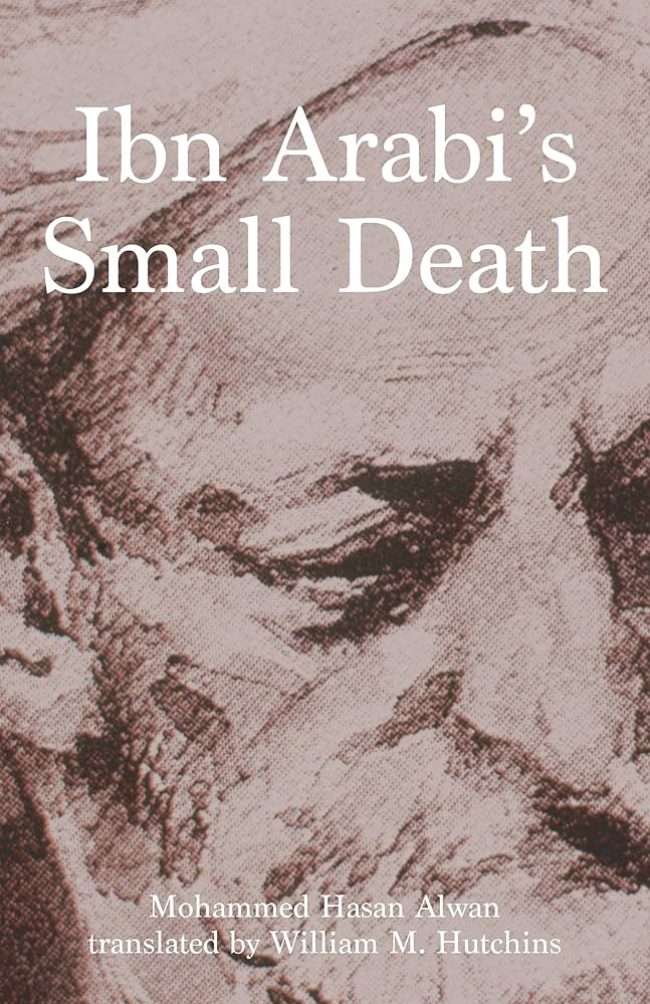
The literary renaissance in Saudi Arabia is not just about individual achievements but also about fostering a community of writers who support and inspire each other. (Supplied)
Al-Bishr’s novel “Love Stories on Al-Asha Street” tackles the everyday lives and struggles of Saudi women, portraying their quest for identity, love and freedom within a rapidly changing society. Her work sheds light on the societal pressures and cultural expectations faced by women, providing a candid and often critical perspective on modern Saudi life.
Both themes underscore the notion that identity and societal evolution is deeply personal, with each writer drawing on their unique experiences.
Yasmina Al-Mutabagani, a rising Saudi author, shared her early inspirations and journey as a writer. “I loved the idea of writing in a journal and allowing my imagination to lead the words,” she said. “What motivated me was the possibility of creating stories that drew a smile or made a heart flutter.”
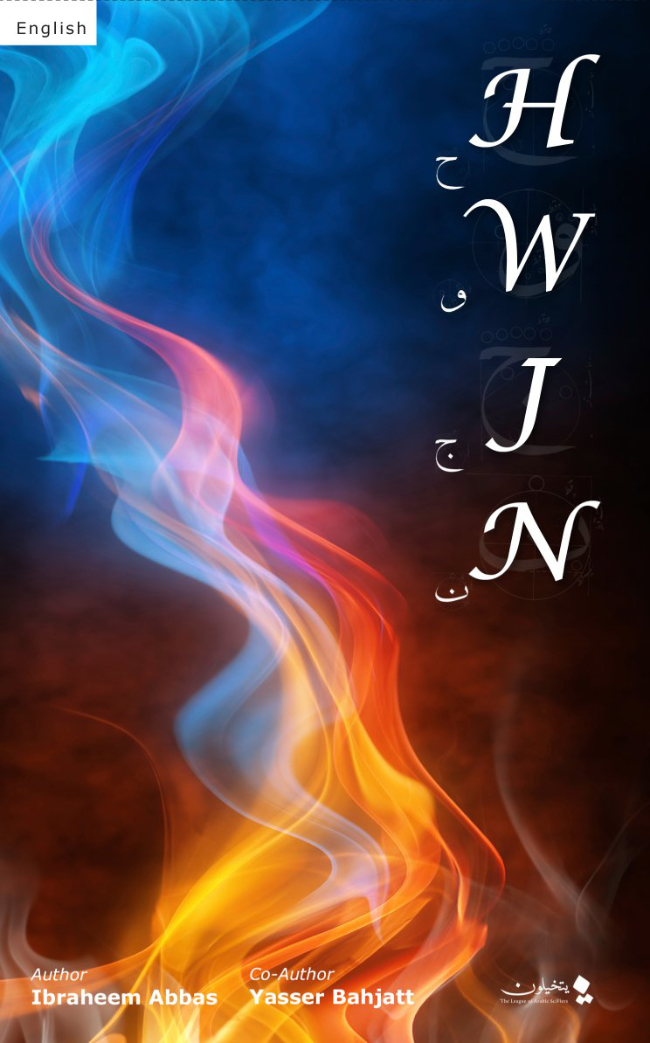
The literary renaissance in Saudi Arabia is not just about individual achievements but also about fostering a community of writers who support and inspire each other. (Supplied)
Al-Mutabagani’s writing has evolved significantly since her early days. “I would proudly say I’m self-taught,” she said. “Reading has helped me a lot in developing my writing style. “Whenever I learned a new word, I wrote it down. Little by little, I realized when a comma should be added or when a sentence finished.”
Saudi culture and heritage deeply influence her stories. “Whenever I write, my characters are either fully Saudi or half Saudi, and each time I make sure that those characters represent the Saudi culture in terms of ethics, behavior, and boundaries, she said.
Balancing cultural heritage with questioning societal norms is an art for Al-Mutabagani. “Communication is the compass. In Saudi culture, there has always been conservativeness, which is beautiful and understandable. In my novels, I ensure that my characters’ conversations are based on human experience.”
Through her books, Al-Mutabagani hopes to convey the beauty of simplicity and the charm of little details. “My two messages are: See how your life changes when you focus on the beauty of little things and details, and when you communicate your feelings and things,” she said.
Despite challenges, such as the lack of resources and direction to become a published author in Saudi Arabia, Al-Mutabagani has achieved significant milestones.
She has published two books: “Waheeba’s Lie” in 2018 and “Beyond the Surface (Conversations in the Pandemic)” in 2023. Her recent novel is available in Jarir bookstores across the Kingdom.
As Saudi Arabia continues to evolve culturally and socially, its literary scene is becoming a vibrant tapestry of voices and stories that reflect both heritage and modernity. With initiatives like Vision 2030, the Kingdom’s literary future looks promising.
Al-Sinan emphasizes the importance of these cultural initiatives. “The Saudi government has introduced several programs aimed at nurturing and promoting local talent. These efforts have not only broadened the scope of local literature but have also made it more accessible to the international audience.”
Al-Mutabagani sees her role as a writer within this broader cultural and societal evolution as a bridge between tradition and modernity. “I convey to my readers that the Saudi culture and Saudi Arabia beholds beauty because its society booms with kindness and openness to different cultures,” she said.
This openness is also reflected in the diverse themes that contemporary Saudi writers are willing to explore. From feminist narratives and social commentaries to historical fiction and personal memoirs, the Saudi literary scene is rich and varied, offering something for every reader.
For instance, in addition to Al-Mutabagani’s exploration of love and beauty, other authors are tackling pressing social issues.
Alem’s work often delves into the complexities of identity and societal norms, while Al-Bishr’s novel “Hend and the Soldiers” critically examines the societal pressures and cultural expectations faced by Saudi women, advocating for their rights and empowerment.
Moreover, the rise of digital platforms and social media has provided Saudi authors with new avenues to share their work and connect with readers worldwide.
As Al-Sinan points out: “The digital age has allowed for a democratization of literature. Writers can now publish their work online and reach a global audience without the traditional gatekeepers.”
The literary renaissance in Saudi Arabia is not just about individual achievements but also about fostering a community of writers who support and inspire each other. Literary festivals, book fairs and writing workshops are becoming more common, providing spaces for dialogue and collaboration.
In conclusion, Saudi Arabia’s literary landscape is experiencing a dynamic transformation. With the support of cultural initiatives, the passion of its writers, and the engagement of its readers, the Kingdom is poised to make a significant mark on the global literary stage.
Al-Sinan said: “We are witnessing the dawn of a new era in Saudi literature, one that honors our rich heritage while embracing the possibilities of the future.”
As Saudi Arabia's literary scene continues to flourish, many works by Saudi authors offer fresh perspectives and innovative storytelling that capture the essence of contemporary Saudi life, for example:
- “Beyond the Surface (Conversations in the Pandemic)” by Yasmina Al-Mutabagani: This book explores how diverse perspectives can harmonize through communication. It delves into themes of love, human nature, beauty and life, displaying the power of dialogue to bridge differences.
- “Fear: Legends of the Fall” by Osamah Al Muslim: This book, part of his “Fear” series, combines fantasy, horror and folklore, exploring supernatural themes and deep-rooted fears. It’s a thrilling and immersive read.
- “HWJN” by Ibraheem Abbas and Yasser Bahjatt: This science fiction and fantasy novel has captivated readers with its imaginative blend of jinn folklore and modern-day Saudi Arabia. It explores themes of love, culture and the supernatural, offering a unique lens on Saudi society.
- “Cities of Salt” by Abdul Rahman Munif: While not a new book, this classic has gained renewed attention for its profound exploration of the impact of oil discovery on Saudi society. Munif’s epic narrative remains relevant and thought-provoking.
These works by Saudi authors not only highlight the diverse and dynamic voices emerging from the Kingdom but also provide readers with an understanding of the evolving cultural landscape.










